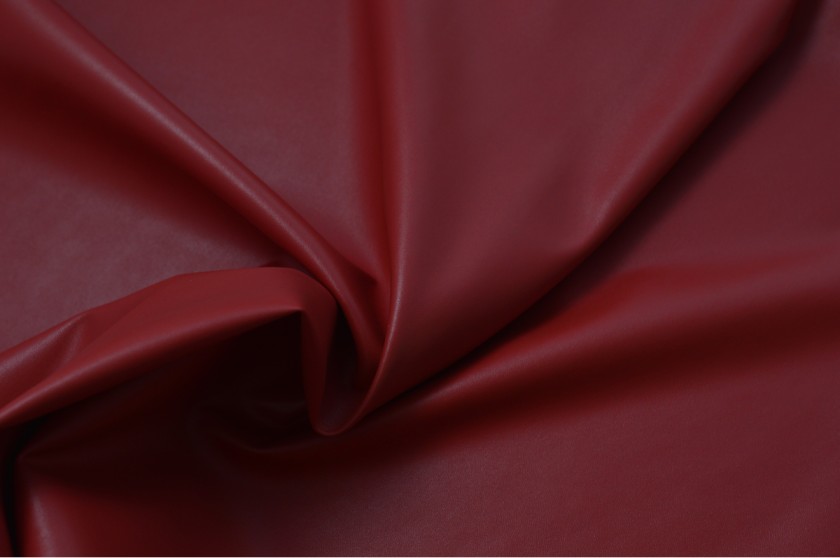Is Rayon Eco-friendly fabric?



How often have you been intrigued by the innumerable variety of fabrics available in the market? Even though there is so much variety of fabrics available, different types of clothes need to be made with different fabrics. In the list of fabrics, rayon is an exception.
Rayon can be used to make a variety of clothes, such as shirts, skirts, pants, t-shirts, or flowing garments. The silk texture of the fabric makes it a cheap substitute for lookalikes of high-end silk wear.
Natural fabrics have been a popular demand since olden times. Rayon has been one of the most delightful inventions in the race for natural fabric. It is the first artificial fiber, but the constituents of this fabric make it an eco-friendly option.
Rayon is made from the process of regeneration of cellulose. These cellulose fibers are run on a spinnerette and then transformed again into fibers. Cellulose is obtained from natural sources such as plant or wood sap, cotton fibers, hence making it eco-friendly.
As Rayon is primarily a product of wood which is later converted to cellulose, this makes the fibers completely biodegradable. Although cotton and rayon are both made from the same cellulose, the latter involves more chemical processing.
The modern manufacturing process of Rayon fibers has not changed much. It involves treating cellulose with caustic soda and washed through to re-convert into cellulose and then into what we see as thin filaments. The filament of rayon threads can be manipulated through a process to control the luster and strength of the fibers.
Rayon manufacturing started as an alternative to silk use but changing the thickness of the rayon filament and fibers can replicate the feel and texture of linen, wool, and cotton as well.
This eco-friendly fabric dates back in history from the 19th century, where its popularity began as a substitute for cotton. Although rayon fibers are thin, which reduces its durability, it is extremely light to wear and is super absorbent. Rayon is a non-insulating fabric that makes it comfortable to wear in hot and humid climates. If you are looking for fabrics for a tropical climate next to the beach, your go-to fabric is Rayon.
Rayon is breathable and light. It does not stick to the skin and dries quickly.
Because Rayon is made from regenerated cellulose, the texture and looks of Rayon mimic silk. This quality of Rayon has increased its demand for usability and utility.
Rayon may not be essentially an eco-friendly fabric corresponding to the usage of carbon disulfide used in its manufacturing. Every ounce of carbon disulfide used in the making of Rayon fibers constitutes an increase in carbon footprint generation. Manufacturing cellulose from wood pulp, multiple trees have to be cut and processed. Creating cellulose from wood contributes to an increase in carbon footprint.
Apart from utilizing cellulose from trees, bamboo is rising as a sustainable option. The bamboo grass grows quickly with less water and less effort. But the chemical consumption to transform its cellulose into rayon fibers remains the same.
Rayon is a multi-purpose fabric resembling cotton; when wet, it quickly absorbs water, thus losing its strength. The quality of high absorbency is extremely advantageous when it comes to dyeing the fabric. Rayon fibers readily absorb deep and light colors, and once dyed, they deliver a sheen on the fabric just like silk.
Few tips to keep Rayon durable and long-lasting:

- Use a gentle wash or mild detergent to clean rayon fabrics
- Too much squeezing and rough washing may damage the rayon fibers, so keep it gentle
- Use hangers or dry flat, as rayon might lose its shape
- Do not try to squeeze excess water from the fabric. Let it dry evenly.
Rayon and cotton have a lot in common. It is breathable, light, versatile to work with, and a popular choice for athletic wear. The three main types of rayon fabric are modal, viscose, and lyocell. Viscose rayon is the weakest of all three. When wet, it can tear or even shrink. Modal Rayon is often mixed with cotton fibers to add strength, and lyocell is the most popular one owing to the fact it can absorb a high moisture content.
Rayon has been used extensively in fashion clothing, for it is smooth, silky, and can be conveniently draped in multiple forms. The printing process of Rayon is non-fussy, and the appearance is silky. Rayon is a sustainable option in comparison to many other fabrics available in the market, but a few varieties of Rayon involve chemical usage more than others. The process of manufacturing rayon may be chemically driven, but the raw material required to produce rayon is plant-based. When it comes to clothing, we all want organic substitutes, which makes Rayon a popular choice.



















